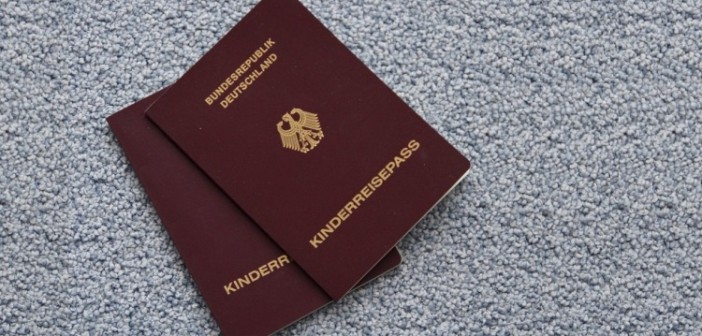Getting visa can be quite a task. Decoding the numerous forms to be filled and understanding the various categories of visa can be challenging. We try and make the process easier for you through this ready reckoner.
So how does one go about getting visa? Here is a list that gives you a quick look at the various types of work visas and other requirements.
The United States
The United States offers the Occupational Practical Training visa (OPT) for those who complete a year of study in that country. It permits graduates to work in the US for 12 months post graduation. During this time, they enjoy the same work rights as US citizens and can participate in the employment market. They would be able to apply for jobs, start their own businesses, and join a post graduation internship with the same ease as US citizens.
Several students utilise the OPT visa route to get into the job market and to procure employer sponsorship for anH1B visa, granted to those who are in a speciality occupation.
However, please note that “Speciality occupation” is a very general term for any job that requires specialized knowledge for any human-centric work. Due to US government visa caps, only 85,000 HIBs are awarded every year, by a lottery held in April. To apply for an H1B an approved petition from the employer. The candidate must possess a bachelor’s degree or higher qualification. It will also be the employers responsibility to take care of all aspects related to the job since he is the one who is petitioning the government on the candidate’s behalf.
The biggest advantage in securing H1B visa is that it allows the holder to work in the US for a period of six years. However, since the demand for this type of visa far exceeds the supply, it would be worthwhile to consider other options in the speciality visa category. Canadian and Mexican nationals are allowed TN visa for specialist occupations, including management consulting.
The E1 visa is for those from the 40+ countries having international trade agreements with the US. It requires the applicant to work for business firms owned by the home country with substantial international trade with the US. It is usually granted only to those whose presence is required in the US to develop and direct import/export of products or services between the home country and the US.
The L1 visa enables well qualified foreign nationals who had studied in the US to return after a year or more of work outside the country. This is of immense benefit to Corporations that seek to bring experienced employees into the US from branch offices in various countries. Another point in its favour is that at present there are no caps on it.
The United Kingdom
The United Kingdom has a 5-tiered point system. Tier 1 visas are for entrepreneurs, investors, and individuals with “Exceptional Talent.” The first two categories will need to prove they have invested significantly in a business in order to obtain this type of visa. While no job offer is required for the exceptional talent visa, applicants need to be certified by specific art and science societies making them difficult to obtain.
The general working visa is the Tier 2 General visa which requires a certificate of sponsorship reference number, a salary of at least £20,800 or more (with exceptions), proof of competent English language skills and at least £945 in savings. Applicants need to have a job offer to apply since the employers provide sponsorship certificate.
European Union
In the European Union, citizens of member nations are allowed to freely live and work in any of the countries. For all others EU Blue card, a work and residency permit valid across the countries is needed. The applicants require a work contract or job offer, a prospective salary of at least 1.5 times the national average, higher education or specialized skills.
After two to five years, depending on the country, applicants can apply for permanent residency. In addition, Blue Card holders are a part of an online network that connects people and employers. The card grants mobility throughout the EU as well as social benefits.
China
China has the Z visa that requires an invitation letter (job offer) from the employer and a work license. The employer should also be approved to employ foreigners. The applicants should fit the category of being a “foreign expert.” In actual terms, this visa is more in the nature of permission to enter the country for purpose of taking up a job. Chinese companies, once they hire a foreign worker, obtain a work license on his behalf. Later, the worker should obtain a Temporary Resident Permit.
Brazil
Brazil requires temporary work visa (Visto Temporary V). The applicants should have a job offer from a registered Brazilian company, a work permit, relevant education and/or work experience for the job. Employers are expected to apply for a work permit on behalf of applicants, after which candidates are free to apply for a visa.
Brazilian work visas are issued specifically to a job, not for an individual. To transfer companies, foreign workers must reapply. This visa doesn’t include residency, so workers should apply for a residence permit as well. After two years, they are permitted to renew it for another two years, and after that, apply for a permanent work visa.
Also Read: MBA Admission Battle: A Time Plan For Victory
Countries like Canada, the UAE, and Panama have faster or easier visa processes and they are worth considering. As can be seen, despite the various names and other details, most work visas are granted to those applicants whom the host country considers as an asset to their economy. Applying for visa could also be a long drawn out and tedious process, calling for a fair amount of patience and perseverance. (Image courtsey: pixbay)




